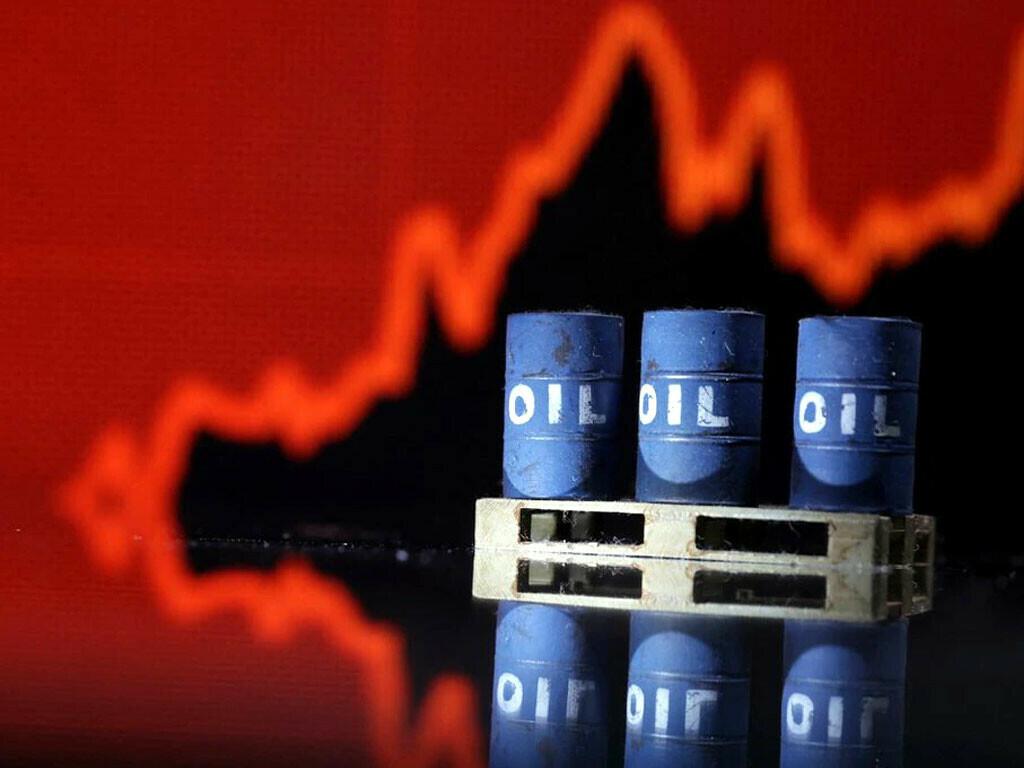Oil prices rose on Monday after OPEC+ nations held their output targets steady ahead of a European Union ban and a G7 price cap which kicked in on Russian crude.
At the same time, in a positive sign for fuel demand in the world's top oil importer, more Chinese cities eased COVID-19 curbs over the weekend.
While prices rose as much as 2% earlier in the day, both the Brent and U.S. West Texas Intermediate (WTI) contracts have since pared some gains.
Brent crude futures were last up $1.51, or 1.8%, to $87.08 a barrel at 0945 GMT, while WTI crude futures gained $1.40, also 1.8%, to $81.38 a barrel.
The Organization of the Petroleum Exporting Countries (OPEC) and allies including Russia, together called OPEC+, agreed on Sunday to stick to their October plan to cut output by 2 million barrels per day (bpd) from November through 2023.
"The decision ... is not a surprise, given the uncertainty in the market over the impact of the Dec. 5 EU Russia crude oil import ban and the G7 price cap," said Ann-Louise Hittle, vice president of consultancy Wood Mackenzie.
"In addition, the producers’ group faces downside risk from the potential for weakening global economic growth and China’s zero Covid policy."
The Group of Seven (G7) countries and Australia last week agreed on a $60-a-barrel price cap on seaborne Russian oil.
Business and manufacturing activity in China, the world's second largest economy, have been hit this year amid strict measures to curb the spread of the coronavirus.
Persistent sluggishness in China's economy could reverse oil's price gains, said Leon Li, a Shanghai-based analyst at CMC Markets.










